
A Nasopharyngeal Tube, also known as a nasopharyngeal airway or nasopharyngeal catheter, is a medical device used to maintain a patient’s airway patency, typically in emergency medical and critical care situations. Here is a general description of a Nasopharyngeal Tube:
1.Structure and Material: A Nasopharyngeal Tube is a soft, flexible tube typically made of medical-grade silicone, rubber, or plastic. It is usually long and slender, with one end open and the other end featuring a fixed external device, often a securing clamp or nose clip, to hold the tube in place within the patient’s nostril.
2.Purpose: The primary purpose of a Nasopharyngeal Tube is to maintain an open airway in situations where a patient has lost consciousness or is unable to maintain their airway independently. Such situations may include strokes, trauma, comas, post-anesthesia, or other respiratory emergencies. By inserting the tube through the nasal passage and guiding it along the throat, it helps prevent the obstruction of the airway by the tongue or other tissues.
3.Insertion Procedure: Inserting a Nasopharyngeal Tube typically requires trained healthcare professionals, as it necessitates careful and skilled placement. The tube is gently inserted into the patient’s nasal cavity and guided along the throat to the pharynx. Once in place, the securing device ensures that the tube remains in position and doesn’t accidentally dislodge.
4.Significance: The use of a Nasopharyngeal Tube is crucial for maintaining airway patency because airway obstruction can lead to oxygen deprivation and life-threatening situations. This is especially important in emergency medical and critical care scenarios to ensure that the patient can continue to breathe.
5.Monitoring and Care: Once the Nasopharyngeal Tube is inserted, healthcare providers need to regularly monitor the patient’s breathing and airway condition to ensure the tube’s effectiveness and the patient’s safety. Additionally, caregivers must keep the tube clear of obstructions, preventing it from being blocked by secretions or other substances.
It’s important to emphasize that the use of a Nasopharyngeal Tube requires professional training and medical supervision, as improper use can lead to complications. This medical device is typically employed to maintain airway patency and is one of the life support measures used in critical situations.


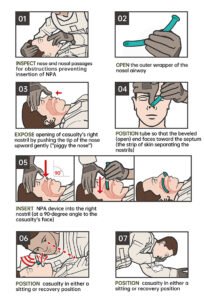
Please complete the form below and our customer support team will be in touch with you shortly. Inquiries submitted through this form will receive priority processing over emails.
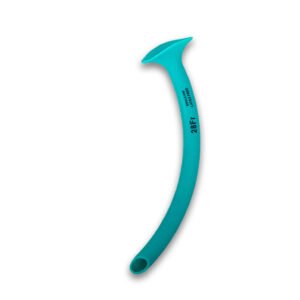

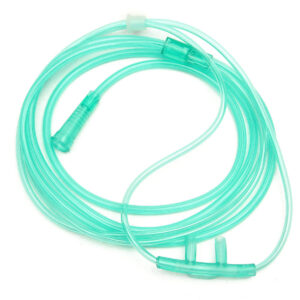


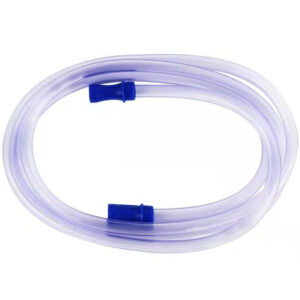

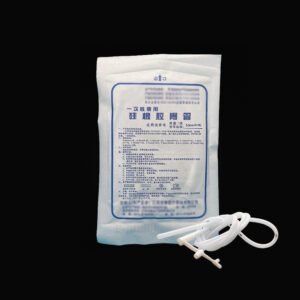
Dongguan Master Medical Devices Co., Ltd.